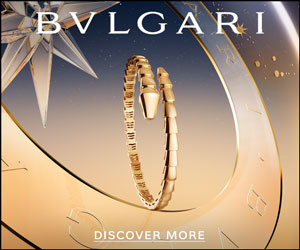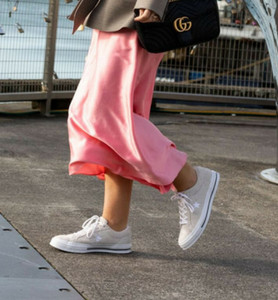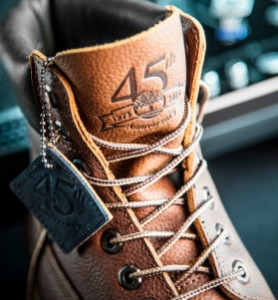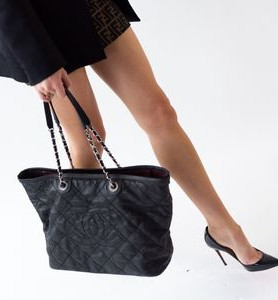Mary Katrantzou and Geraldine Guyot-Arnault share how Bvlgari’s Serpenti capsule became the talk of Paris Fashion Week
There are certain pieces in fashion that move beyond product into something more structural—symbols that help define the visual language of luxury. Bvlgari’s Serpenti is one of them. A line that has coiled through decades of design history, adapting to new cultural moods without ever shedding its identity. Now, under the steer of Mary Katrantzou—Bvlgari’s Creative Director for Leather Goods & Accessories—the icon enters a new phase. Not one of reinvention for reinvention’s sake, but of dialogue.

The project unveiled at Paris Fashion Week is titled Serpenti in Conversation—a deliberate shift from reinterpretation to exchange. Mary has made collaboration feel like part of the design process itself, not an external stamp. ‘What excites me is the creative dialogue, seeing another designer’s imagination intersect with Bvlgari’s rich heritage,’ she says. ‘Each collaboration brings fresh energy and a new lens to reinterpret iconic codes, creating something unexpected while honouring the House’s legacy.’
And her choice for the first chapter in this new series is both strategic and personal. Géraldine Guyot—founder and Creative Director of DESTREE—is part of Mary’s extended creative constellation. Both studied at Central Saint Martins, both are pushing the boundaries of what modern luxury can look like, and both understand craft not as a static value but a site of constant evolution. Géraldine’s Parisian brand has built global awareness through sculptural accessories rooted in contemporary art references and a proudly female-led network. She is also married to Alexandre Arnault—a detail that subtly situates her inside the gravitational pull of LVMH’s most ambitious projects, yet the work speaks firmly for itself.
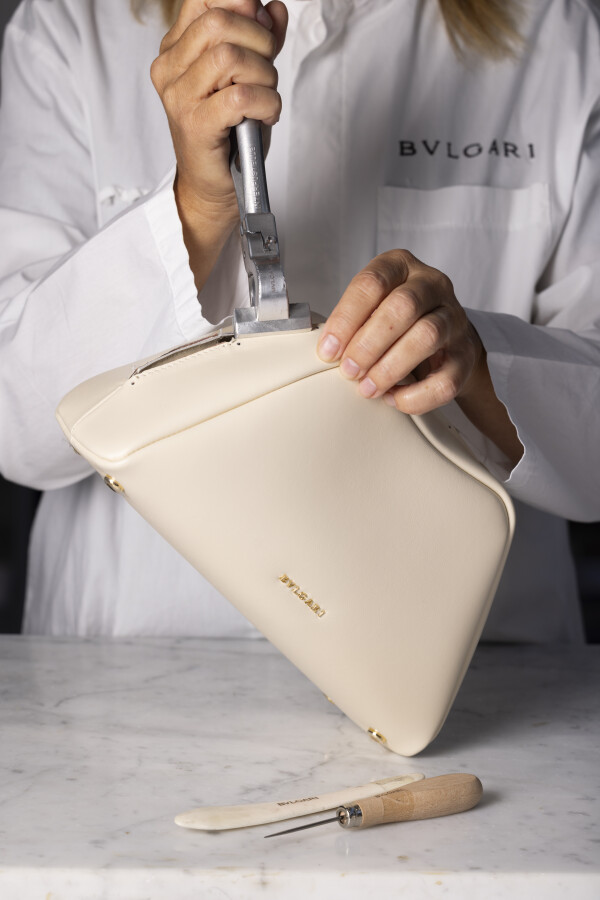
Their connection, as Géraldine tells it, was immediate: ‘For me, a true collaboration is that rare moment when different sensibilities meet and something unexpected is born. I’ve always admired Bvlgari, my mother wore their pieces when I was a child... When Mary and Bvlgari approached me, it felt completely natural... There was an instant connection, both with her and with the Serpentine bag, and that spark became the foundation for a dialogue between our worlds.’
If fashion has learned anything in the last decade, it’s that collaboration only matters when the result can stand independently of the digital capital. Here, the substance is in the detail: the sculptural handle inspired by Mary’s earlier Serpentine designs, now reimagined through Géraldine’s signature use of passementerie. Not the fussy trim of its reputation, but a metal technique that bridges Bvlgari’s jewellery expertise and DESTREE’s sinuous geometry. It’s executed using an electroforming process that gives a surprising lightness to the bold
form—a tension the Serpenti lineage thrives on.
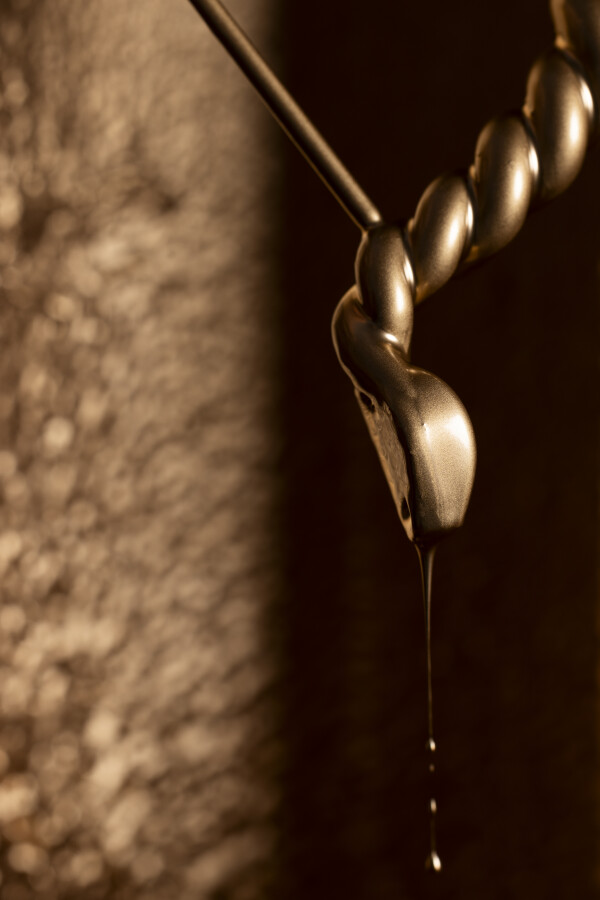
That balance between tension and harmony, history and disruption, is something Géraldine considered closely: ‘Discovering Bvlgari’s archives was like stepping into a treasure trove, so rich, bold, and fearless. That legacy anchored the project, yet I didn’t want to replicate the past; I wanted to reinterpret its spirit in a modern way... The goal was to honour the House’s codes while reimagining them through a contemporary, feminine lens.’
The resulting capsule is presented in satin and nubuck: finishes that invite touch rather than simply admiration from afar. Serpenti becomes Serpentine: the creature abstracted into line, movement, suggestion. Absent yet unmistakably present. Luxury, here, is not a surface—it’s an attitude about how craftsmanship can keep pushing its own boundaries.
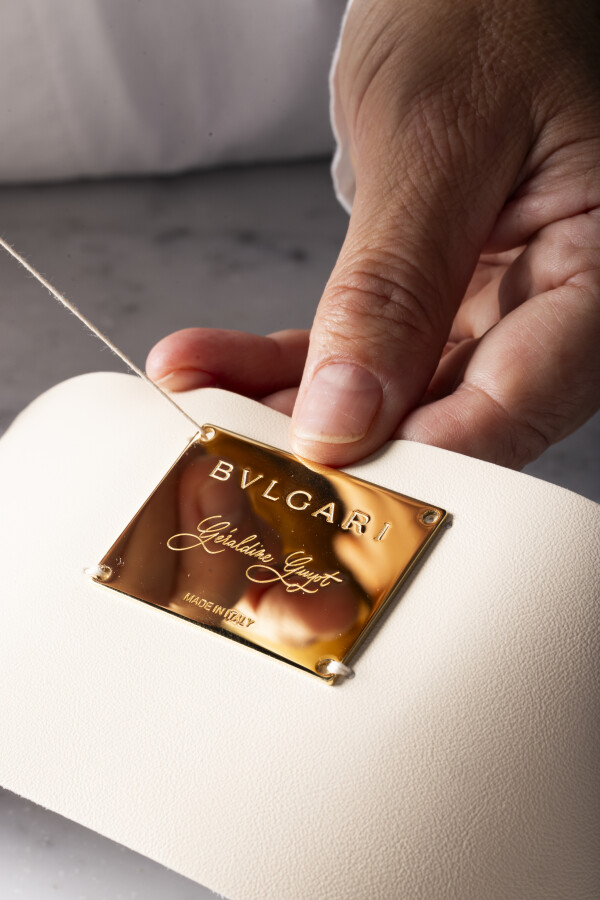
For Mary, that’s precisely the point. ‘The challenge,’ she notes, ‘is ensuring that this perspective feels authentic to both the collaborator and Bvlgari. It’s about balancing respect for history with innovation, so that the final piece remains true to both worlds. Géraldine felt like the perfect first collaborator... It felt natural to begin this journey together, an open dialogue between two female designers.’
There’s a cultural resonance to that—women claiming the authority to evolve luxury’s most established icons, not as a trend but as a structural shift. DESTREE itself has been fuelled entirely by female investors, a rarity in fashion’s financial landscape. This capsule, then, is not only about product. It’s a gesture toward a new power dynamic—one where the next chapter of a global house is written through collaboration that honours both legacy and the viewpoints shaping the future.
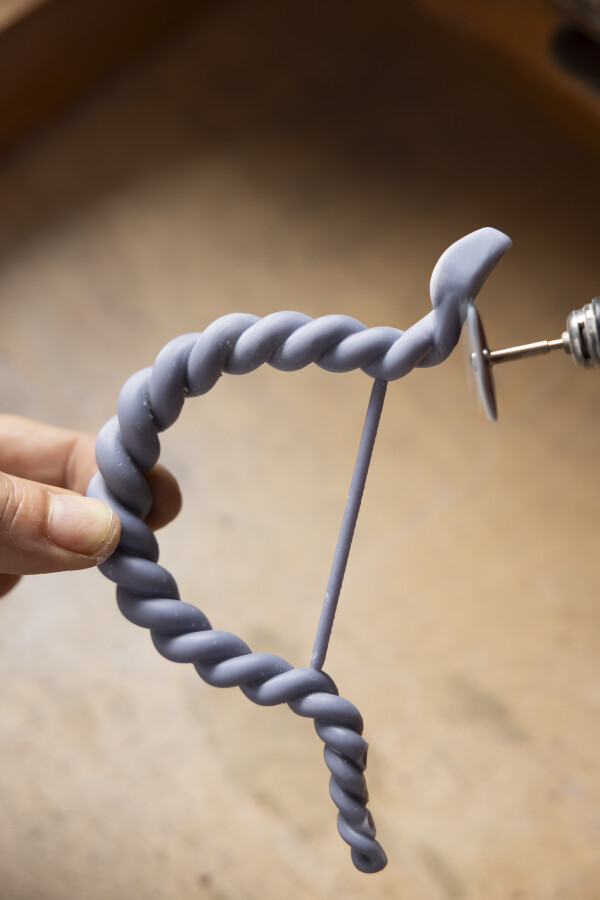
How does a capsule become something more than a moment? Something shared on social media and then forgotten? Mary has a simple answer: ‘A capsule becomes memorable when it captures a moment yet resonates beyond it, telling a story that feels timeless... That interplay gives a capsule its power and allows it to become iconic.’
Ultimately, Serpenti in Conversation suggests that heritage is not a fixed state—it is a living, evolving script, shaped by those who dare to write into it. Bvlgari’s serpent has shed its skin many times, but this transformation feels deliberate: a dialogue between generations of design, between jewellery and fashion, between two women who understand that icons endure not by remaining the same, but by continuing to evolve with purpose.


